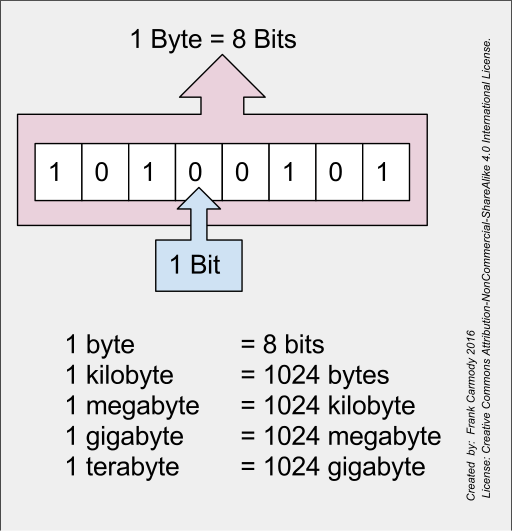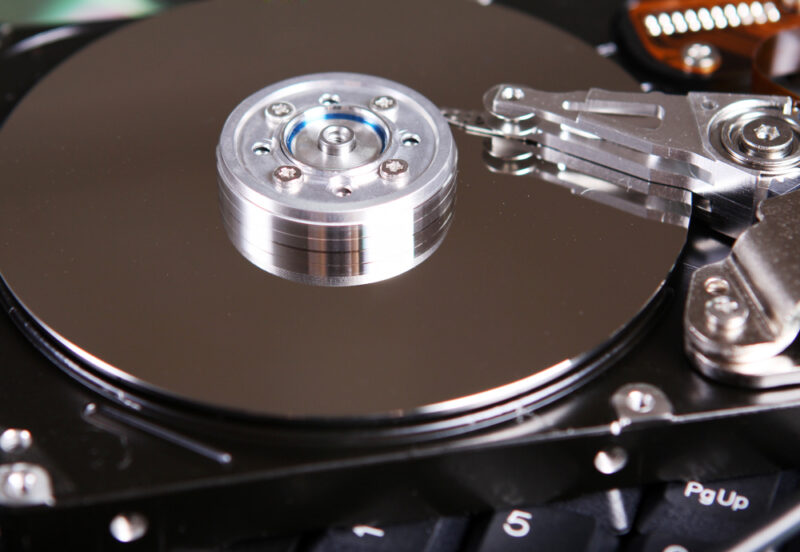A bit is the smallest unit of digital data, representing 0 or 1. A byte consists of 8 bits and is used to measure data size in computers.
TL;DR Bit Vs. Byte
TL;DR: A bit is the smallest unit of digital data (0 or 1), A byte consists of 8 bits. Bytes measure data size in computers. 10 MBps is greater than 10 Mbps. Mbps measures data transfer speed, while MBps indicates data size or storage capacity.
What is a Bit?
In the digital realm, a bit is the fundamental building block of information. It stands for “binary digit,” and it represents the most basic unit of data that computers understand. A bit can have one of two values: 0 or 1.
Bits are like tiny puzzle pieces that come together to form everything we see and interact with on our screens. They carry information about text, images, videos, and more. In fact, every character you type on your keyboard is converted into bits before being processed by your computer.

What is a Byte?
A byte is a basic unit of digital information in computing. It consists of 8 bits and can represent a single character, such as a letter or number, in a computer’s memory. Bytes are used to measure data size and storage capacity in computers and are the building blocks for storing and processing data.
Bit Vs. Byte – Key differences
| Parameter | Bit | Byte |
|---|---|---|
| Definition | Smallest unit of digital data | Basic unit of data storage in computing |
| Size | 1 bit | 8 bits (equivalent to 1 character) |
| Representation | Represents 0 or 1 | Represents a single character or value |
| Data Capacity | Limited (0 or 1) | Can hold a range of values (0 to 255) |
| Usage | Used for binary calculations | Used for measuring data size and storage |
| Example | Binary digit: 0 or 1 | Character: 'A' (ASCII code 01000001) |
Which one is greater than 10 Mbps or 10 MBps?
10 MBps is greater than 10 Mbps.
Mbps stands for “megabits per second,” and MBps stands for “megabytes per second.”
Examples of Mbps Usage:
- Internet Speed: Internet connections are often measured in Mbps. For example, a 100 Mbps internet plan offers faster speeds than a 10 Mbps plan.
Examples of MBps Usage:
- Hard Drive Speed: The read and write speeds of hard drives or solid-state drives are often expressed in MBps. Faster MBps speeds indicate quicker data access and file operations.
Image Credits
Featured Image By – Racool_studio on Freepik
Image 1 By – Fcarmody, via Wikimedia Commons








